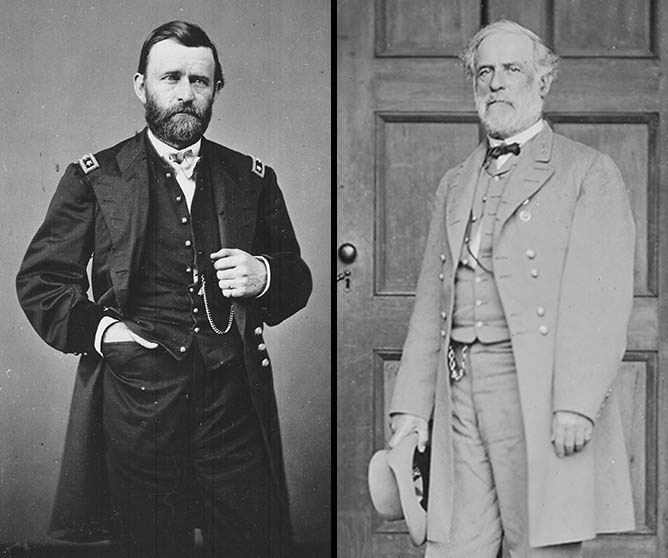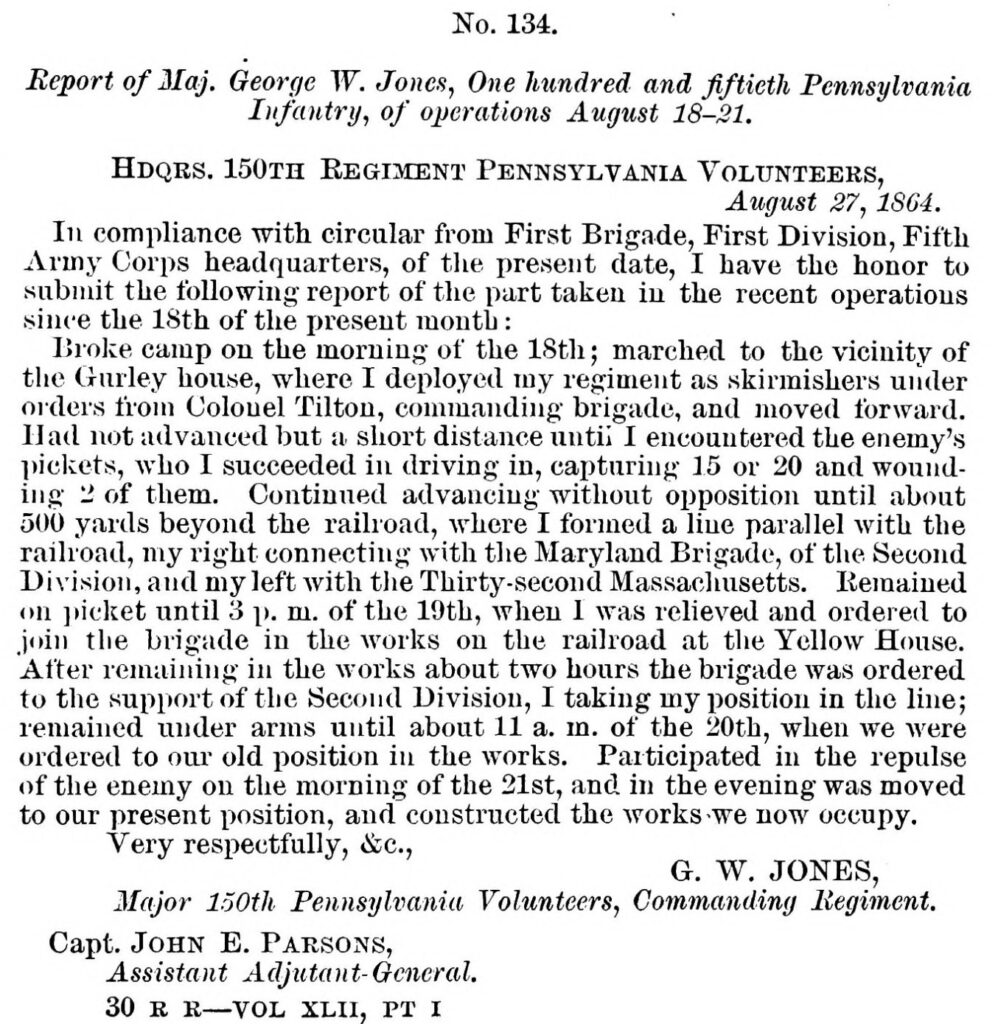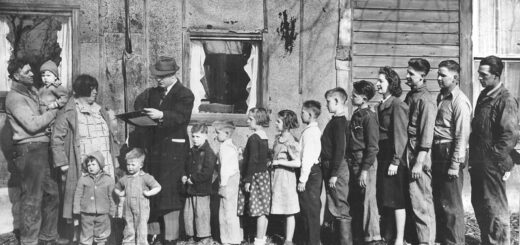The War of the Rebellion: a Compilation of the Official Records of the Union and Confederate Armies

OK, all you Civil War buffs and genealogists with Civil War ancestors; if you’re not familiar with the Official Records of Union and Confederate Armies in the War of the Rebellion, now is your opportunity to become acquainted with this important set of war documentation of events and persons involved in its military operations.
The Official Records of the Union and Confederate Armies in the War of the Rebellion, commonly known as the Official Records of the Union and Confederate Armies or Official Records (OR), is the most extensive collection of American Civil War land warfare records available to the general public. It includes selected first-hand accounts, orders, reports, maps, diagrams, and correspondence drawn from official records of both Union and Confederate armies. A second publication, Supplement to the Official Records of Union and Confederate Armies, is also available, which includes specific documentation omitted from the OR as well as the Supplement’s one hundred-volume name and place index.
History of the Official Records
Record collection began in 1864. Interest in Confederate records began shortly after the Confederate capital at Richmond, Virginia was captured in 1865. Confederate General Samuel Cooper assisted Union Army Chief of Staff Major General Henry W. Halleck when Halleck began the task of collecting and preserving Confederate archives that had survived the war. In 1866 a joint resolution of Congress authorized the compilation and publication under auspices of the War Department. Eventually, seventeen Secretaries of War were involved in the process. In 1877, Army Captain Robert N. Scott was appointed by the Secretary of War as director of the Publications Office, War Records. (Scott’s name appears in each volume as the preparer, listed with the rank of brevet lieutenant colonel, 3rd US Artillery.)
How the Official Records Was Organized
The original title for the records was The Official Records of the War of the Rebellion but were later renamed The War of the Rebellion: a Compilation of the Official Records of the Union and Confederate Armies, which has led to some lasting controversy over the official name for the war. As finally published, the records consist of 138,579 pages with 1,006 maps and diagrams assembled in 128 books, organized as seventy volumes grouped in four series, published between 1881 and 1901.
Series I is “Military Operations.” It contains formal Union and Confederate reports of the first seizures of US property in the southern states, and of all military operations in the field, with the correspondence, orders, and returns relating specially to those operations. Example:

27 August 1864, Series 1, Vol. 42, Part 1, Reports, Chapter 54, p. 465.
Series II is “Prisoners, Etc.” It contains Union and Confederate correspondence, orders, reports, and returns relating to prisoners of war and (so far as the military authorities were concerned) to State or political prisoners.

Series III is “Union Authorities.” It contains correspondence, orders, reports, and returns of Union authorities (including their correspondence with the Confederate officials) not relating specifically to the subjects of Series I and II.


Series IV is “Confederate Authorities.” It contains correspondence, orders, reports, and returns of the Confederate authorities similar to the Union material in Series III, but excludes correspondence between Union and Confederate authorities given in that series.

A final comprehensive index was published in 1901 with remaining additions and corrections. In 1966, the US National Archives began publication of a five-volume set that comprised a superior index to the Army OR, Military Operations of the Civil War: A Guide Index to the Official Records of the Union and Confederate Armies, 1861-1865. Introductory material to the guide-index offers guidance to readers of the OR. You can access this set here.
It’s interesting to note that historians have argued that some of the modifications made years after the war decreased the accuracy of the records; they claim that such changes were made simply to enhance personal reputations or to denigrate reputations of rivals.
The Atlas
When the War Department began to issue its seventy-volume set of records generated by both the Union and Confederate Armies, it also created the Atlas to Accompany the Official Records of the Union and Confederate Armies, published in 1895. Its 175 plates contain more than 1,000 maps, illustrations, and diagrams detailing battlefield maps, scenes from the conflict, and military equipment. See example below. The Texas Collection at Baylor University has a pristine (now digitized) copy of the Atlas. Its maps are searchable by keywords, including military personnel, city, state, and geographic features, and you can look at it here.

Part 2, p. 509, plate no. 28.
The Supplement
Between 1995 and 1999, one hundred additional volumes (including a five-volume name and place index) of previously unpublished reports and correspondence were published by the Broadfoot Publishing Company of Wilmington, North Carolina, entitled Supplement to the Official Records Of the Union and Confederate Armies. The Supplement is available only in book form, and the Genealogy Room has a copy you can use. It is divided into four parts (Reports, Records of Events, Correspondence, and Secret Service) and includes official accounts of battles, skirmishes, scouting expeditions, signal maneuvers, narratives of troop movements, correspondence, and intelligence files. Also included are a few courts-martial, courts of inquiry, and court proceedings. Some of the material is specifically referred to in the OR as being “not found.” The Secret Service part has not been published yet.
More than three thousand documents were contributed for the Reports section of the Supplement, of which nearly 1,600 were selected and published in the first seven volumes, which directly corresponds with Series I of the original OR. In 1890, the War Department began compiling histories of military units serving Union and Confederate armies. These are known as Record of Events and relate to stations, movements, and daily activities of almost every Civil War unit, or portions of the unit, and provide details of organization, composition, and disbandment. Units are given in the order of cavalry, artillery, and infantry. Regiments are listed numerically and include chronological records of their movements. Also included are lists of Confederate officers; Union records did not provide officers’ lists. Confederate listings also show whether the officer was promoted, retired, resigned, killed, cashiered, deserted, etc.
Record of Events narratives are divided into three main sections: field and staff records, regimental records, and company records. Detailed information regarding locations where the units were stationed is presented, and most units show substantial data for the duration of the war. These records track the unit’s movements from crossroads to ferry landings, giving mileage of marches and incidental reports of skirmishes, scouts, pickets, etc. Numerous locales are mentioned in connection with a person’s name, such as “Avery’s House,” or “Pegram’s Farm.” Such mentions of named farms, ferries, mills, crossroads, plantations, etc. were identified when verifiable, therefore allowing genealogy researchers to benefit from the multitude of named location landmarks. Example:

September 1861-February 1862
Cavalry itineraries supply statistics on horses-such as casualty losses and whether the horses were Confederate, Union, or privately owned. Artillery records usually state the types of arms used and provide statistics for ammunition issued per battery. The majority of company itineraries show muster-in and muster-out dates and locations, as well as the captain’s name. Company records often mention statistics for casualties and camp equipage and accounts of events pertaining to desertions, bounties, prisoners, and raids. All told, the Record of Events provide interesting insight into day-to-day activities of Civil War soldiers.
The Official Records set is an invaluable reference tool for historical and genealogical research. You can use the seventy-volume set of the OR as well as the one hundred-volume Supplement in the Genealogy Room. You can also access, browse, and search the OR online for free at Hathitrust.org and Familysearch.org.





Recent Comments